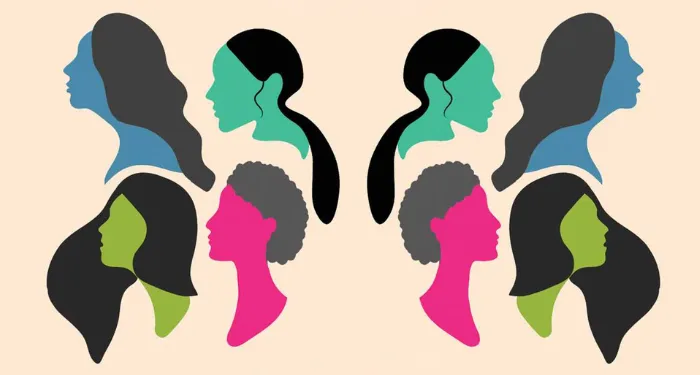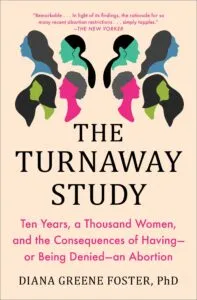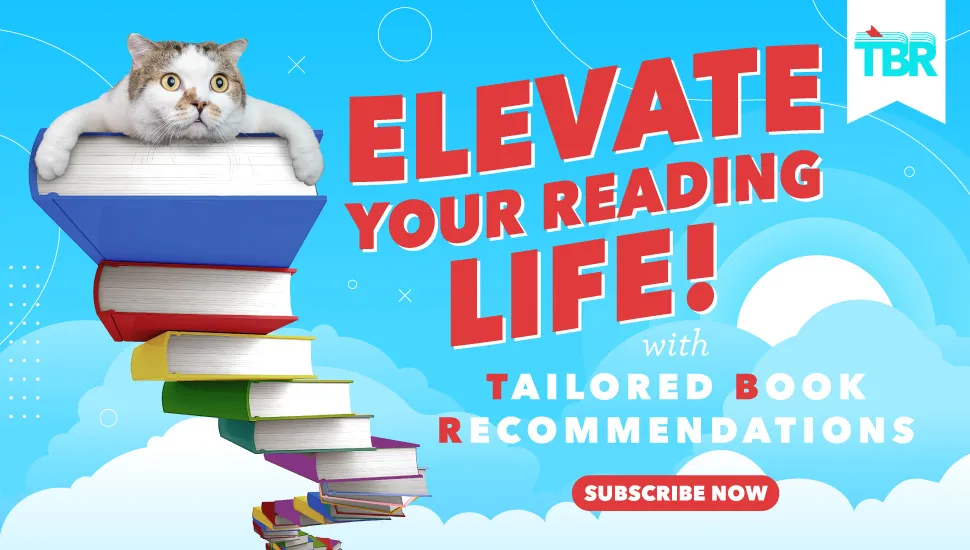
An Eye-Opening Read to Inform Abortion Debates
The debates over abortion and reproductive justice were full of misinformation both before and after the Dobbs ruling was handed down. I attended protests and donated my money, but I knew that to truly be able to debate the issues of reproductive justice, I would need to be more informed. And I still had my own questions that weren’t being answered in the traditional debates.
This book answered my questions.

The Turnaway Study: Ten Years, a Thousand Women, and the Consequences of Having—or Being Denied—an Abortion by Diana Greene Foster, PhD
Dr. Foster’s study was the first ever to compare people who wanted an abortion and got one with people who wanted one and did not get one. (Other studies had compared people who got abortions with people who had children, but that data was biased because plenty of the people who had children had wanted and even planned for them.) Dr. Foster takes the data and analyzes what it actually tells us about the people getting abortions and the consequences they face.
This book has a lot of learnings that I expected. But more importantly, it had a lot of new information and analysis that I didn’t expect, and opened my eyes in dozens of new ways. For example, Dr. Foster’s data shows that legal abortion is actually medically safer than carrying a child to term, a medical process that is fraught with dangers.
She also clears up misconceptions about the women who are actually getting late-term abortions. Most of them are women who either didn’t know they were pregnant or who couldn’t access or afford an earlier abortion. She makes the convincing case that improved sexual education and access to birth control and financial resources would be the most effective strategies for lowering late-term abortion rates.
More than anything, Dr. Foster’s book makes the case that women can accurately weigh the consequences and judge for themselves whether it’s time for them to have a child. It shows that what women fear, and their reasons for wanting an abortion, are likely to happen, from increased risk of domestic violence to impacting the education and development of their existing or future children.
But with all that said, Dr. Foster is not actually trying to weigh in on the moral debate over abortion. What she is trying to do is target misconceptions and defeat a lot of the conjecture about who these women are, what consequences they’re facing, and whether they’re capable of making their own decisions. So whether you are a pro-life or pro-choice reader, this book is crucial for informed debate in today’s age.















